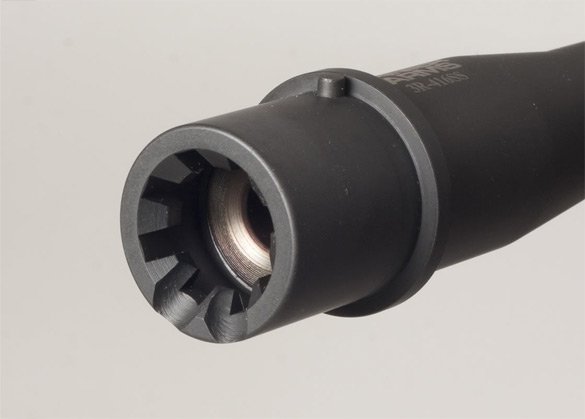
Our quenching heat treatments will result in a guaranteed improvement of the mechanical properties of your products, as well as an increase in their level of toughness—making these items more durable. Steel parts often require a specific form of heat treatment to obtain an increase in hardness and strength. And at SST, we are highly-trained in these processes.
During a quenching heat treatment, the material is heated up to suitable temperatures and then quenched in oil to fully harden, varying on the kind of steel being worked on. Items that go through this are then aged, tempered or stress relieved to achieve the desired stability.
Precipitation Harden
Steel Heat treatment process in which precipitation of a constituent from a super saturated solid saturation causes hardening or “precipitation hardening” in metals.
Bright Hardening
Bright hardening is applied to certain tool or stainless steel parts where heating is in an inert atmosphere and quenching to full hardness is not necessary. Therefore, parts will result in a bright finish.
Neutral Harden
A heat treatment process which includes austentising, quenching, and tempering steel in a neutral environment so the surface does not lose or gain carbon in the process. This results in higher surface and core hardness.
Press Quench
Specialized quenching treatment that is used to avoid/minimize distortion of the part and implement uniform hardening.
Fixture / Plug Quench
When oil quenching , some distortion may occur. With the use of quench fixtures, distortion is minimized. SST offers many types of fixture quenching, such as plug, fixture die and roll quenching.
Roll Quench
When oil quenching , some distortion may occur. With the use of quench fixtures, distortion is minimized. SST offers many types of fixture quenching, such as plug, fixture die and roll quenching.
Normalize/Harden
Heating alloy above the transformation range, holding at this temperature, then cooling in air to a temperature below transformation range. This results in stress relieving, increased strength, and increased hardness.
Marquench
The quenching in molten salt for a period of time to transform the final microstructure to martensite, but removed from the bath in time as to not form bainite. The result is a tough final product with minimal distortion.
Learn more about marquenching.




